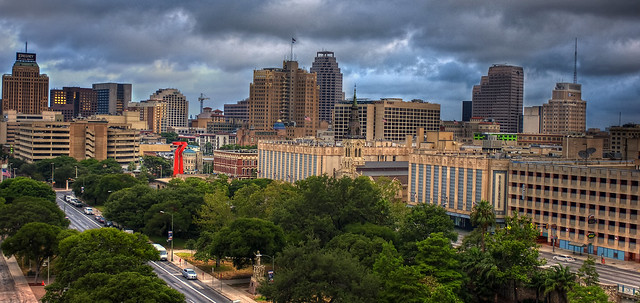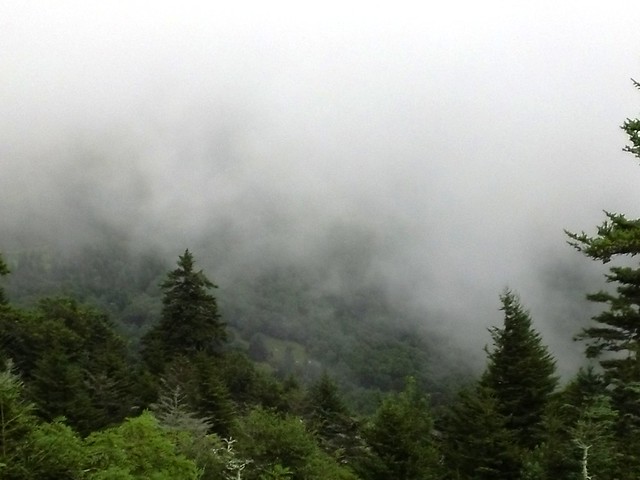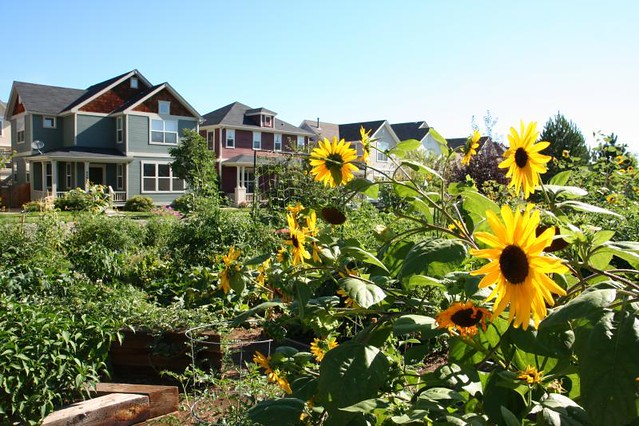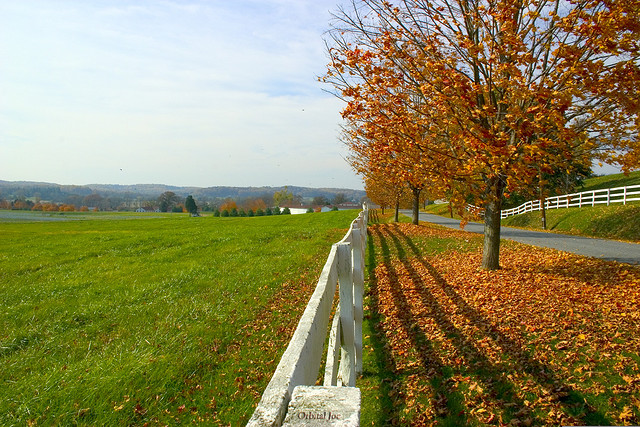A Placemaking Journal
Why City Issues are Also Environmental Issues
Cities need nature, as I’ve written in an earlier essay. But what is not so well understood is that nature also needs cities. There is simply no way we can protect and maintain a beautiful, thriving, natural and rural landscape outside of cities if we continue to spread highways and suburban sprawl across the countryside. Healthy, robust, beautiful cities where people want to live are critical to the protection of nature.
To paraphrase my friend Trisha (who coined the phrase that became the title of my most recent book), natural habitat needs a corresponding strong “people habitat,” so that people are drawn to our own places, and enjoy but do not permanently infringe upon those extraordinary places where humans remain secondary to other parts of nature.

I’ve been reflecting on these subjects because we’ve now passed the 50th anniversary of the landmark federal Wilderness Act of 1964. That very important law is eloquent in its recognition of natural places:
“A wilderness, in contrast with those areas where man and his own works dominate the landscape, is hereby recognized as an area where the earth and community of life are untrammeled by man, where man himself is a visitor who does not remain.”
In between cities and true wilderness is the “working landscape” of rural America — farms, forests, fisheries, ranchland, and more — where humans must act as stewards of the land’s natural resources. We need our rural landscape and its bounty to be sustained in order to survive harmoniously into the future.
I love cities in large part because I love the natural and rural landscape.
For a long time, America’s environmental community celebrated wilderness and the rural landscape while disdaining cities and towns. Thoreau’s Walden Pond and John Muir’s Yosemite Valley were seen as the ideal, while cities were seen as sources of dirt and pollution, something to get away from. If environmentalists were involved with cities at all, it was likely to be in efforts to oppose development, with the unfortunate side effect of making our built environment more spread out, encroaching upon more of nature.

We’ve come a long way since then, if still not far enough. We were and remain right to uphold nature, wildlife and the rural landscape as places critical to celebrate and preserve. But what we realize now, many of us anyway, is that cities and towns, large and small — the communities where for millennia people have aggregated in search of more efficient commerce and sharing of resources and social networks — are really the environmental solution, not the problem: the best way to save wilderness is through strong, compact, beautiful communities that are more, not less, urban and do not encroach on places of significant natural value.
For our cities and towns to function as successful people habitat, we must make them great, but always within a decidedly urban, nonsprawling form. As it turns out, compact living — in communities of streets, homes, shops, workplaces, schools and the like assembled at a walkable scale — not only helps to save the landscape; it also reduces pollution and consumption of resources. We don’t drive as far or as often; we share infrastructure. While ideological urbanists (including authors such as Edward Glaeser and David Owen) are sometimes excessive in extolling the virtues of urban density without giving attention to the other things that make cities attractive and successful, they are absolutely right that city living reduces energy consumption, carbon emissions and other environmental impacts.
If healthy, robust cities are, as I believe, essential to the protection of nature, then a lot of urban issues become environmental issues as well. Affordable housing becomes an environmental issue, for example, because if homebuyers and renters are unable to find it in cities they will “drive ‘til they qualify” out to the suburban fringe in search of lower costs. Urban education becomes an environmental issue, because young parents will not sacrifice their children’s education in order to stay close to downtown. Public safety becomes an environmental issue. And so on.
For the environment to succeed, we need cities to succeed. And we need cities to succeed not just for the young, relatively affluent hipsters who have been moving downtown in recent years but for families, too, for people of all incomes and ages. And, frankly, we also need well-planned suburbs to succeed, but in a less sprawling, more walkable form than we have typically built in recent decades.

The implications are going to intensify: over the next 25 or so years, according to demographers, America’s population will increase by 70 million people and 50 million households, the equivalent of adding France or Germany to the US. With a combination of building new homes, workplaces, shops and schools and replacing those that will reach the end of their functional lives, fully half the built environment that we will have on the ground in 25 years does not now exist.
These circumstances provide not just a formidable challenge but also a tremendous opportunity to get things right. Unfortunately, past practices have done a lot of damage, particularly in the latter half of the 20th century, when America severely disinvested our inner cities and traditional towns while population, investment and tax base fled for (quite literally) greener pastures. The result, as we now know all too well, has been desecration of the natural and rural landscape so many of us love while leaving behind decaying infrastructure, polluted air and waterways, and distressed populations.
Older cities and towns with shrinking revenues did what they could, but critical issues such as waste, public transportation, street and sidewalk maintenance, parks, libraries, and neighborhood schools — issues where attention and investment could have made a difference — were back-burnered or neglected altogether. Meanwhile, sprawl caused driving rates to grow three times faster than population, sending carbon and other emissions through the roof while requiring still more costly new infrastructure that was built while we neglected the old. (Driving rates have since slowed, but not to anything that can be considered sustainable.)
We cannot allow the future to mimic the recent past. We need our inner cities and traditional communities to absorb as much of our anticipated growth as possible, to keep the impacts per increment of growth as low as possible. And, to do that, we need cities to be brought back to life, with great neighborhoods and complete streets, with walkability and well-functioning public transit, with clean parks and rivers, with air that is safe to breathe and water that is safe to drink.
This, I believe, leads to some imperatives: where cities have been disinvested, we must rebuild them; where populations have been neglected, we must provide them with opportunity; where suburbs have been allowed to sprawl nonsensically, we must retrofit them and make them better. These are not just economic and social matters: these are environmental issues, every bit as deserving of the environmental community’s attention as the preservation of nature. Indeed, they are part and parcel of the preservation of nature.

My favorite American landscape is in Southern Appalachia: the Blue Ridge and Great Smoky Mountains. It’s where I grew up. Perhaps your favorite is in another part of the country: the Cascade Mountains, say, or the Pacific Coast; the Sonoran desert or the Badlands of South Dakota; the Natchez Trace or the San Juan Mountains; the great ranchland of Steinbeck country in California, or the farmland of Minnesota or Pennsylvania’s Amish country; the rocky Maine Coast or the gentle valleys of small farms in the Catskills. If you’re like me, you may even have a secret place or two that you would just as soon keep to yourself, before they become popular and turn into something less lovable.
There is no question that our continent has a landscape of abundant beauty if, unfortunately, less than we once had. Our responsibility to this national treasure requires protective public policy and a stronger ethic of conservation and stewardship. But we also need strong and beautiful cities capable of doing their job of attracting people again. We need cities that nurture and support people, while also being kind to the planet. We need cities of distinction and emotional resonance. In short, we need people habitat that aspires to the same greatness that blesses the best of our natural habitat.
This essay was originally published on the NRDC Switchboard. It is now archived at the Kaid Benfield Archive.
–Kaid Benfield
If PlaceShakers is our soapbox, our Facebook page is where we step down, grab a drink and enjoy a little conversation. Looking for a heads-up on the latest community-building news and perspective from around the web? Click through and “Like” us and we’ll keep you in the loop.










